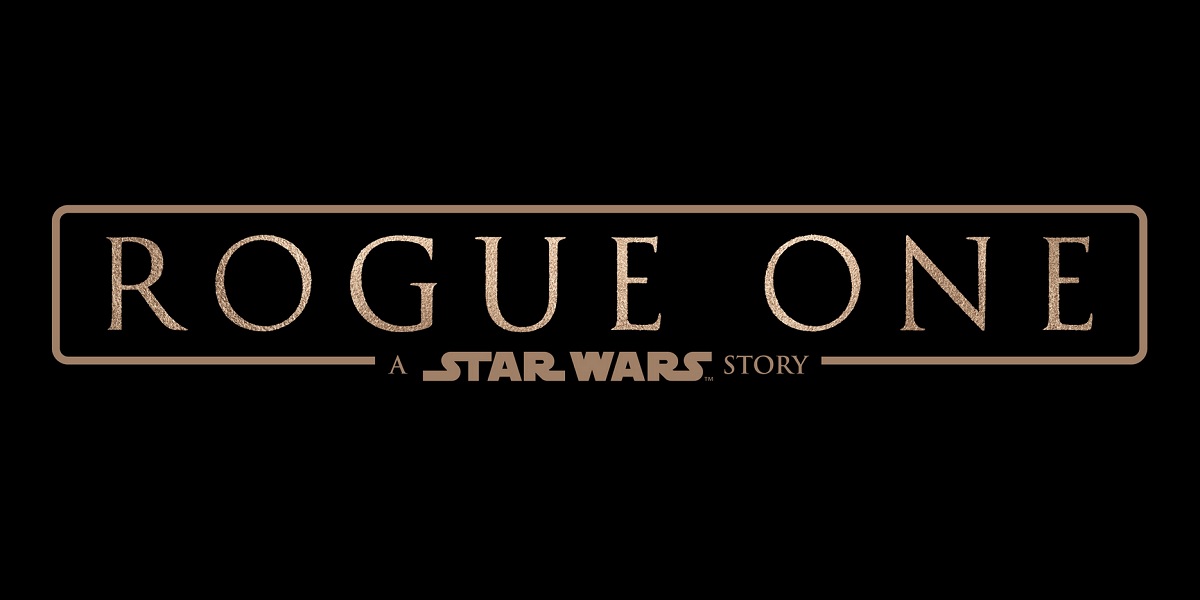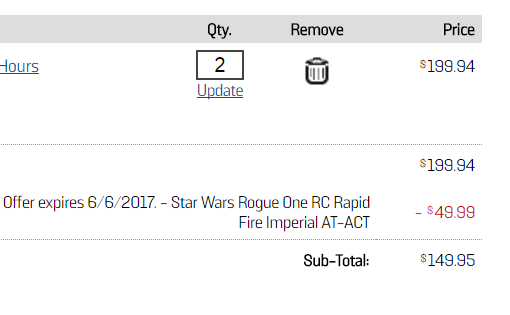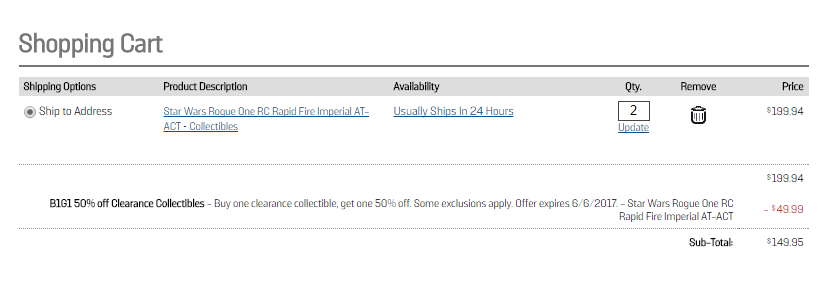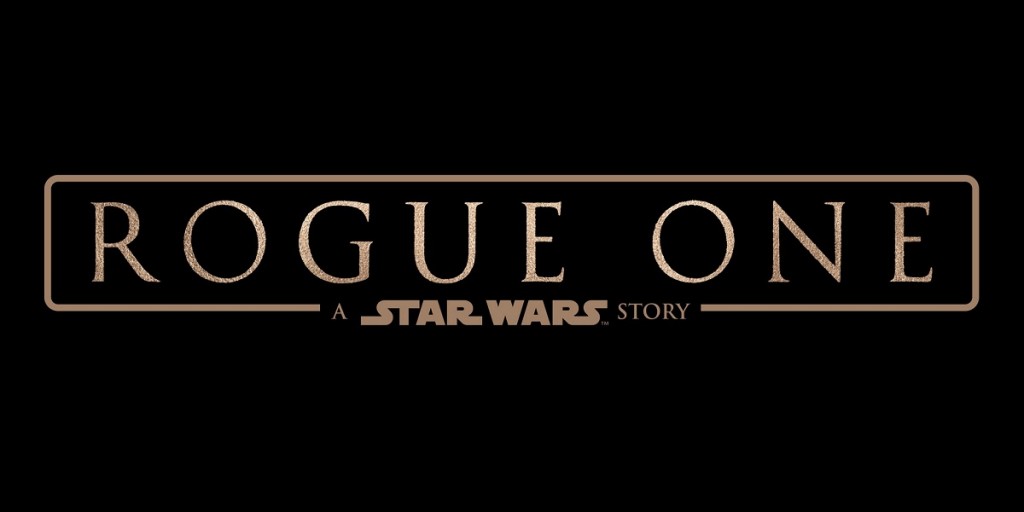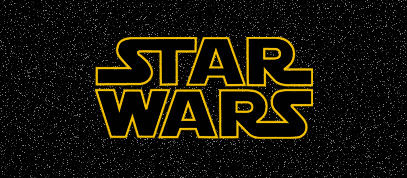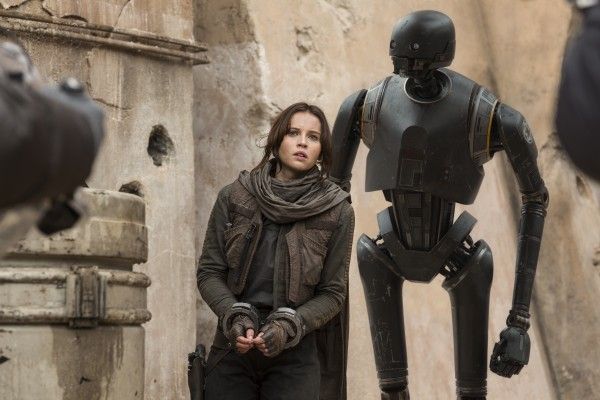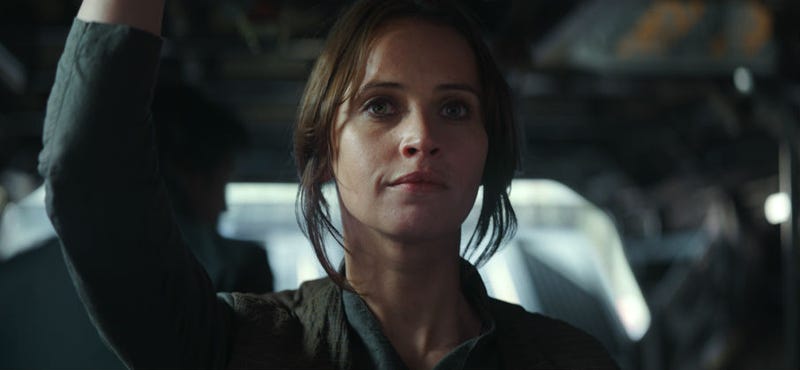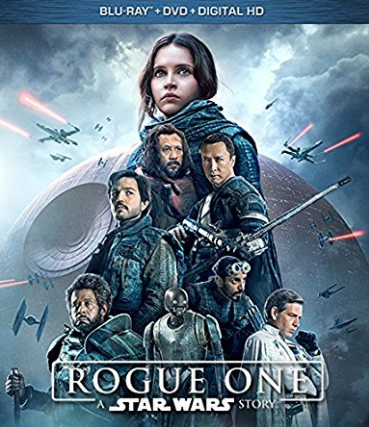The screenwriter, who salvaged the ‘Star Wars’ project, says the situation was so dire, “all you could do was improve their position.”
Tony Gilroy is getting candid for the first time about his emergency trip to the Star Wars galaxy.
In June 2016, Lucasfilm hired the Oscar-nominated writer to rework Rogue One: A Star Wars Story after the studio was unsatisfied by the state of director Gareth Edwards’ movie. By August, he was taking a leading role in postproduction and oversaw reshoots to fix a few issues, including the film’s ending. Gilroy ultimately was paid millions for his work, and many consider him the film’s ghost director.
Gilroy had not spoken publicly about Rogue One until Monday’s appearance on The Moment With Brian Koppelman podcast, where he noted that he immediately saw ways to improve the movie when he came on the scene in London.
“If you look at Rogue, all the difficulty with Rogue, all the confusion of it … and all the mess, and in the end when you get in there, it’s actually very, very simple to solve,” Gilroy said of the film. “Because you sort of go, ‘This is a movie where, folks, just look. Everyone is going to die.’ So it’s a movie about sacrifice.”
He saw the opportunity to explore why the film’s characters — played by stars Felicity Jones, Diego Luna and Donnie Yen — would ultimately sacrifice themselves at the end of the film in order to allow the Rebels to gain the plans to the Death Star.
Choosing his words carefully, Gilroy signaled how much of the project was changed after he boarded. (Star Ben Mendelsohn has said “an enormously different” version of the film exists.)
“I came in after the director’s cut. I have a screenplay credit in the arbitration that was easily won,” said Gilroy.
Unlike lifelong fans like Star Wars: The Last Jedi’s Rian Johnson, Gilroy was not a fan of the franchise before boarding and therefore had no trepidation about potentially messing it up.
“I’ve never been interested in Star Wars, ever. So I had no reverence for it whatsoever. I was unafraid about that,” said Gilroy. “And they were in such a swamp … they were in so much terrible, terrible trouble that all you could do was improve their position.”
Rogue One debuted to strong reviews (85 percent on Rotten Tomatoes) and earned more than $1 billion at the global box office, but Gilroy doesn’t have plans to return to a galaxy far, far away.
“It doesn’t appeal to me,” he said of making another Star Wars film. “But I don’t think Rogue really is a Star Wars movie in many ways. To me, it’s a Battle of Britain movie.”

